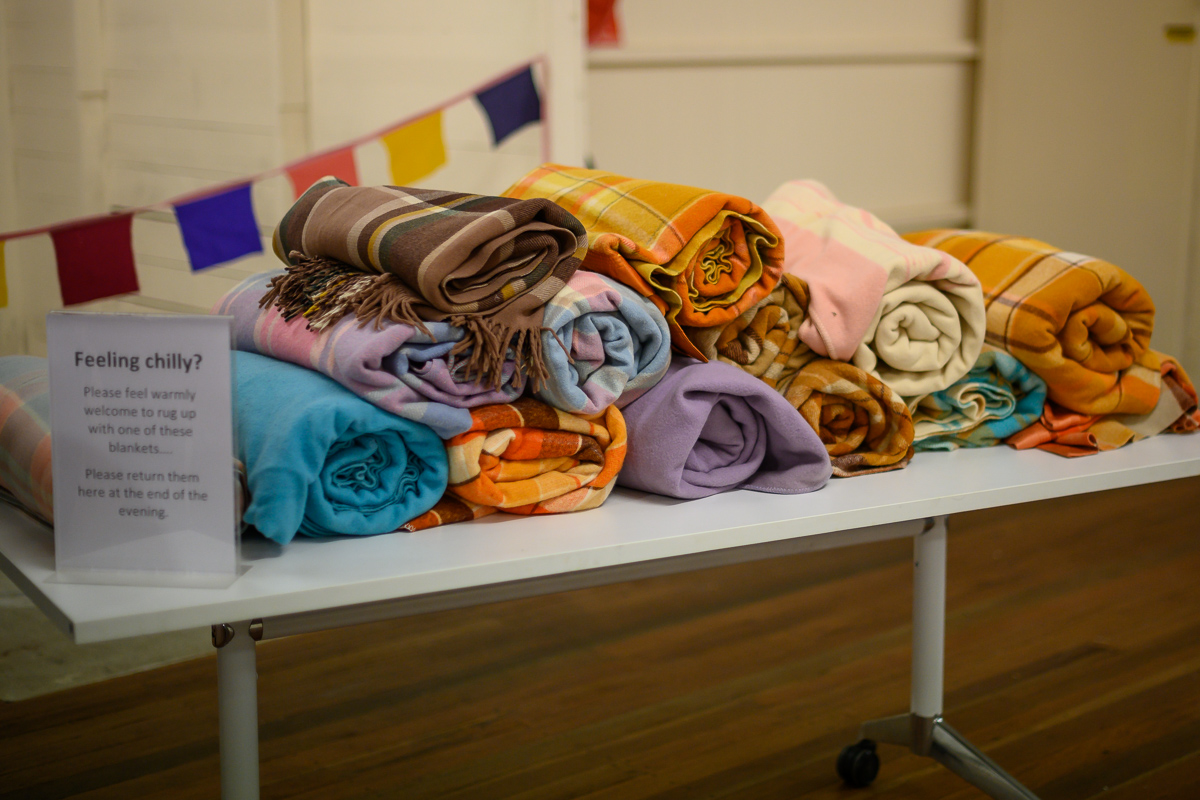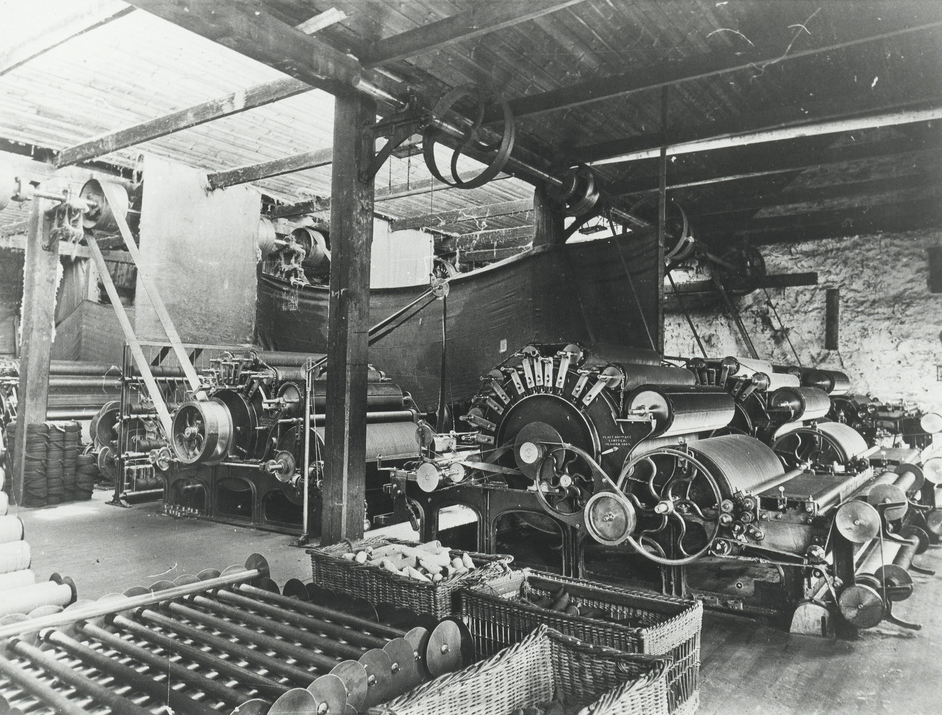
Photo by Sam Oster.
There was a time when almost every Australian household had an Onkaparinga blanket and for many people, the distinctive checked patterns bring a flash of nostalgic memories.
The Mill started small in 1872 when two brothers established the Lobethal Tweed Factory alongside the creek. After some tough times and another name change the mill transitioned to the Onkaparinga Woollen Mill Company in 1928.
As well as the distinctive Onkaparinga blankets, the Mill wove car upholstery, army uniforms and airline blankets (we would love to hear from anyone with a pilfered Onkaparinga Ansett blanket). The Mill was a major employer in the region, with the majority of its workforce being women (apparently they were considered to have more manual dexterity to work with thread than men).

Onkaparinga Woollen Mill, 1900, Collection of the State Library of South Australia B35522 (Lobethal Collection)

Image provided by William A McNeil & Co
Many former Mill workers speak of the strong sense of family amongst the employees; in some families multiple generations worked in the Mill. Social life extended beyond the Mill’s brick walls and when the end-of-shift whistle blew on a Friday night, both the top pub and the bottom pub would be full of Mill workers, winding down for the weekend. Many’s the time when a problem with a piece of machinery was nutted out over a Friday night drink.
The Mill continued to produce high quality blankets until its closure in 1993. One of the final products woven at the Mill was a double-sided Stuart tartan blanket. It wasn’t until the Onkaparinga label was stitched on at the end that workers realised that the blankets were a special edition item, created as a farewell gift for them.



